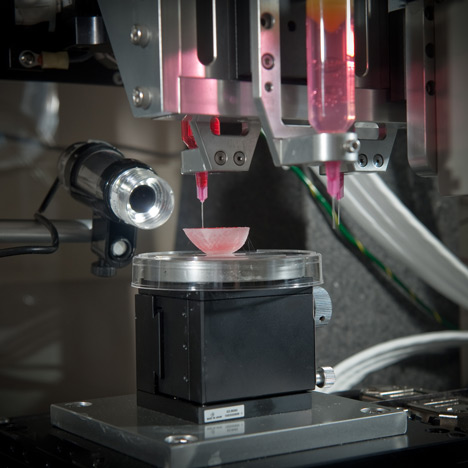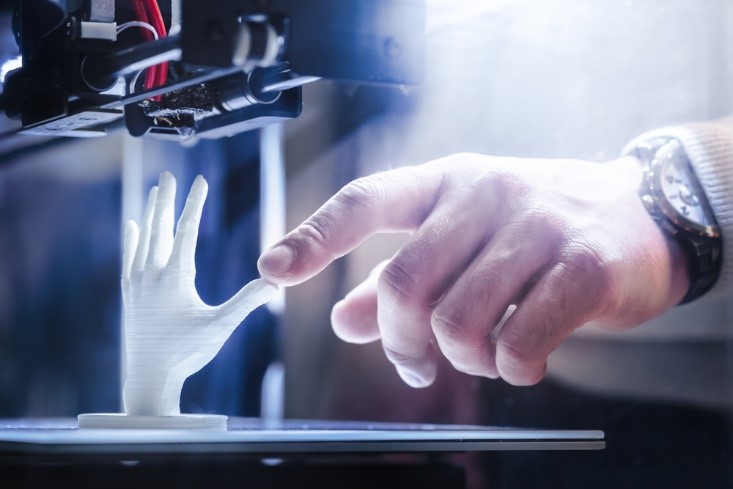
While engineers are busy working on new 3D printing developments in pretty much every sector, one industry feeling the impact most is healthcare.
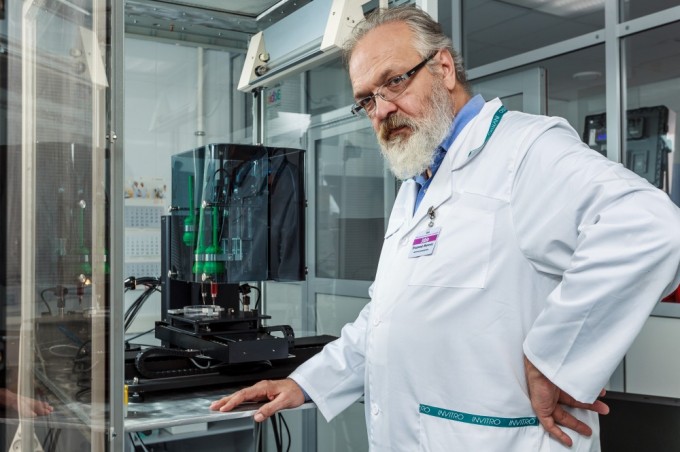
4 Ways 3D Printing Will Change Our Lives
There are many new products in development and available that will revolutionize how patients are treated. Plus there are new ways of streamlining procedures and cutting costs. Read on for some of the key impacts to know about today.
3D Printed Organs
One way in which 3D printing is being used in healthcare is in the creation of anatomical models. Doctors can use 3D-printed models to improve the outcomes of surgeries by practicing their operations on specialized replicas of their patients’ organs ahead of time. This is particularly helpful for the more challenging and/or newer surgeries.
In the past, doctors practiced on models made of hard plastic. While these were helpful, unfortunately they still had a different feel to real, living tissue. As a result, it was tricky for practitioners to understand the right pressures to use.
Now, thanks to newer materials technology, the latest organ replicas are more lifelike. A research team led by the University of Minnesota has been instrumental in developing 3D-printed organ models which are more advanced. These current creations have the same mechanical properties and feel as living tissue, and they come equipped with sensors that provide feedback to surgeons as they practice operations. As such, doctors can see exactly when they’re applying the perfect amount of pressure and won’t be so likely to damage soft tissue in real operations.
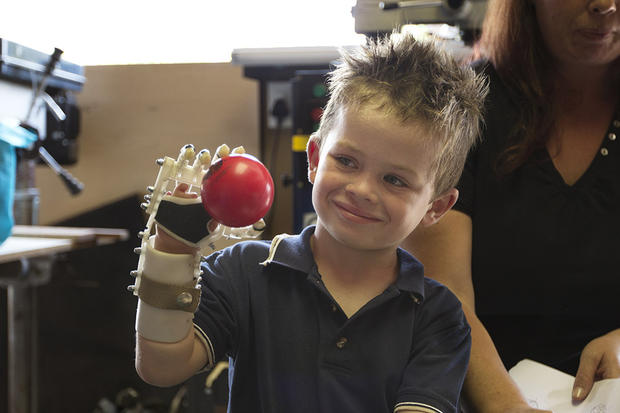
Keeping Your Business Alive in a 3-D Printed World
The development of 3D-printed organ models is also worthwhile in that it makes is quicker and easier for doctors to plan their surgeries, determining how long they’re likely to take and what complications may arise. In addition, this development can be used to better predict how a patient’s organs will cope with an operation, and what kind of healing time will be required.
In the future, it’s likely that “bionic” organs will be able to be 3D printed on demand. This will save the lives of millions of people since instead of having to wait for organs to become available on the transplant list, patients will be able to have organs printed for their unique use. If you’re planning to study a degree in biomedical engineering online, 3D printing may be the perfect area to specialize for the bionic future.
Smarter Cancer Treatments
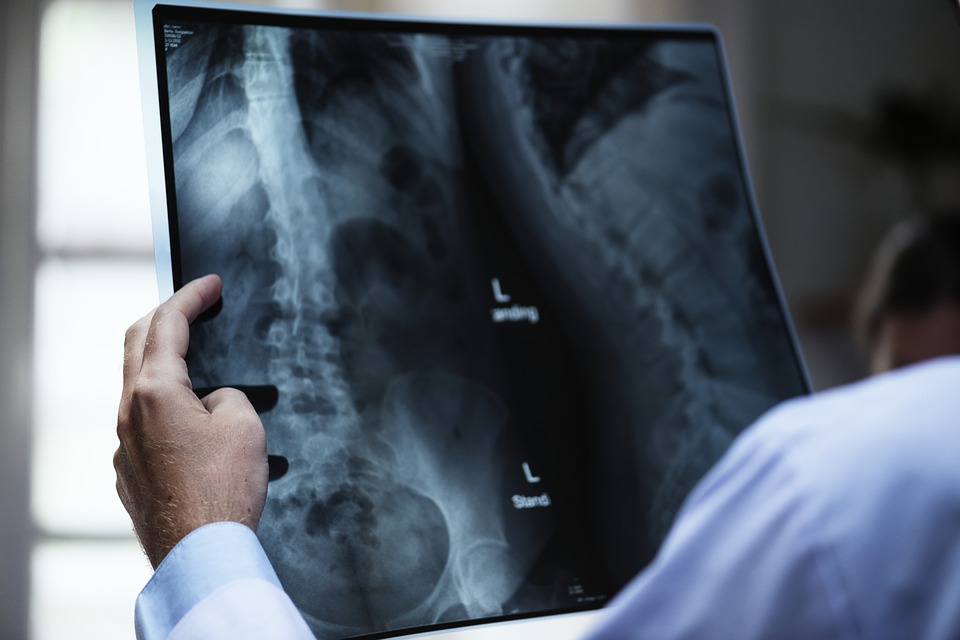
Tech Marvels That Will Redefine The Med Industry This Decade
Scientists are working on the creation of 3D-printed replica models of cancerous parts of the body. These are designed to help doctors treat cancers more effectively by better targeting tumors. British scientists have recently developed a way to create personalized, 3D-replica models, or “phantoms,” of tumors and organs based on CT scans of patients. The idea is that doctors can print off plastic molds of body parts and use them to understand the flow of radiopharmaceuticals in the body.
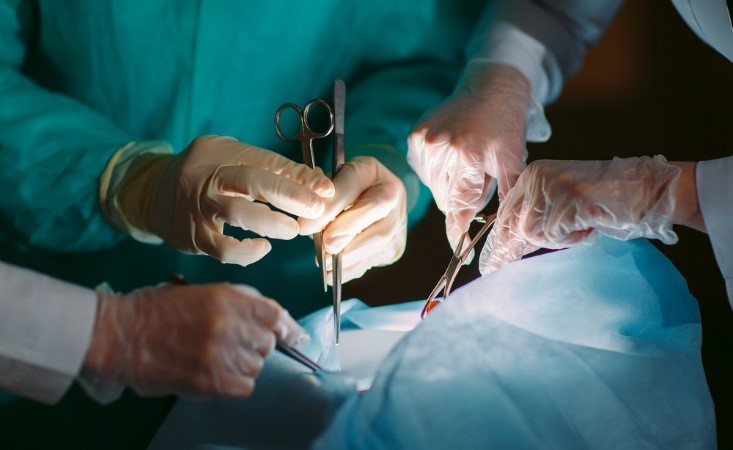
Radiopharmaceuticals are drugs which contain radioactive material, which is used to kill cancer cells and which can be taken orally, placed in a body cavity or injected into a vein. They are used in the treatment of many different types of tumors, including cancers of nerve cells in children, thyroid cancer and some tumors which have spread to bones.
With 3D printing, oncologists and other specialists can fill the customized plastic molds with liquid and see, in detail, how the radiopharmaceuticals flow in the patient’s body. This makes it easier to give patients a dose of the drug that’s big enough to kill the cancerous cells without causing excessive damage to healthy tissue nearby. Accurate modeling will make it easier for doctors to fine-tune dosing. This personalized treatment based on specific radiation doses will in turn lead to better outcomes.
Customized Medications
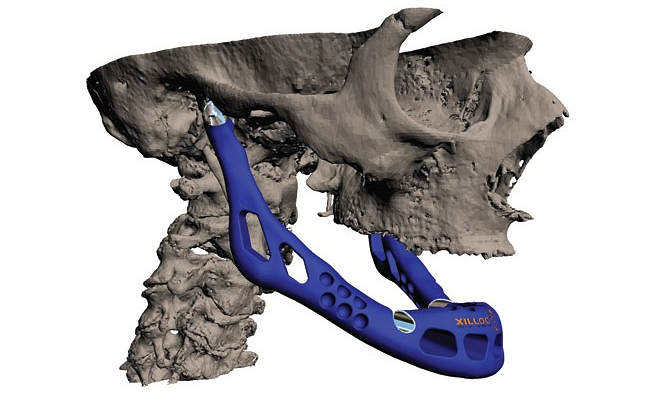
What Cool Stuff Can You Make Using 3D Printing?
Researchers believe that in the not-too-distant future, 3D printing will make it possible for patients to take a single pill for perfect health instead of multiple separate ones. Customized medicines will be the new way of ensuring people don’t overdose on, mix up or forget medications because everything will be prescribed for them in a single pill dosage.

It should even be possible for different drugs within a single pill to be designed to release at different times of the day. In fact, a 3D printed “polypill” has already been developed for diabetic patients and those with hypertension and is able to contain three different drugs.

